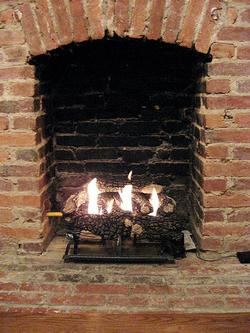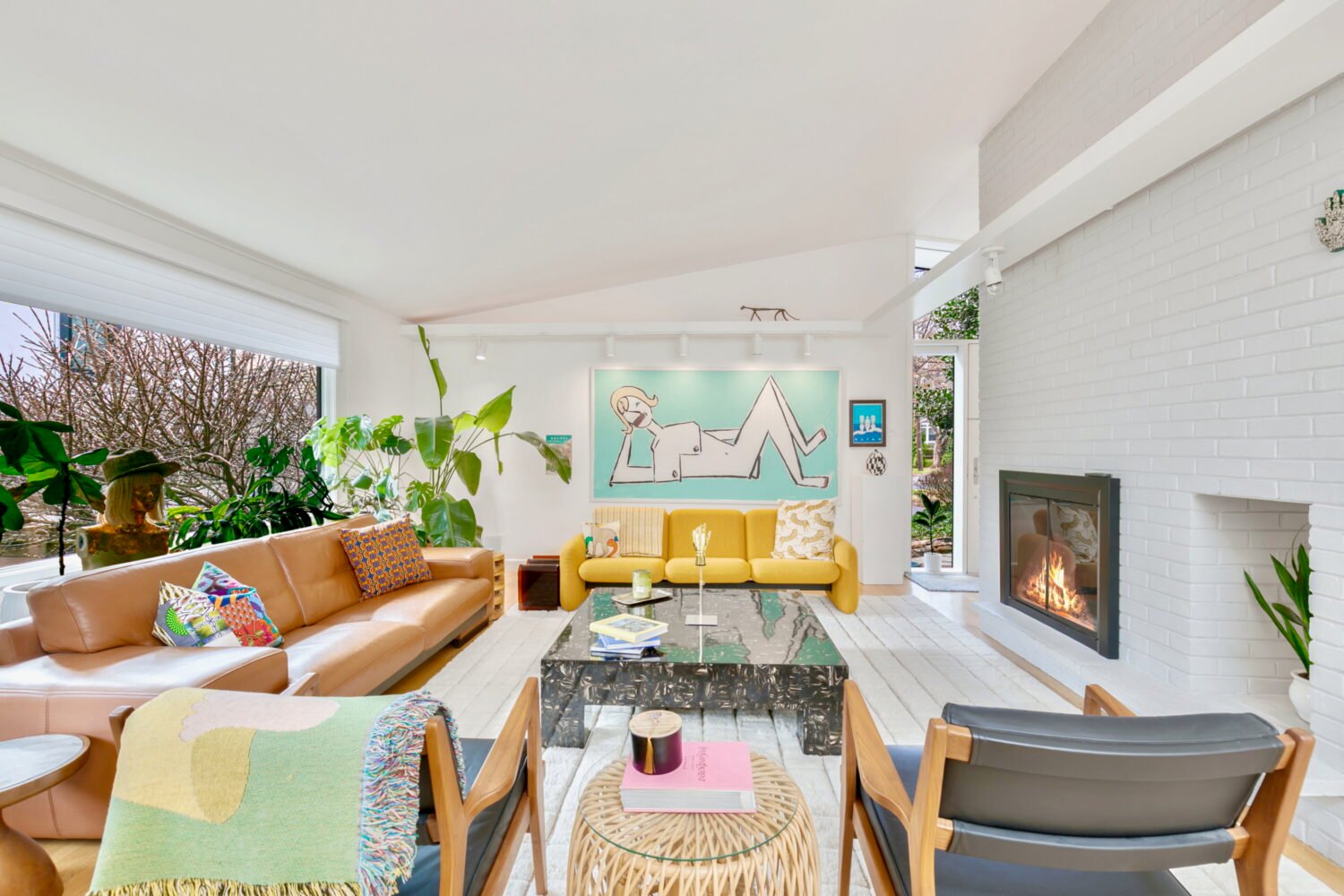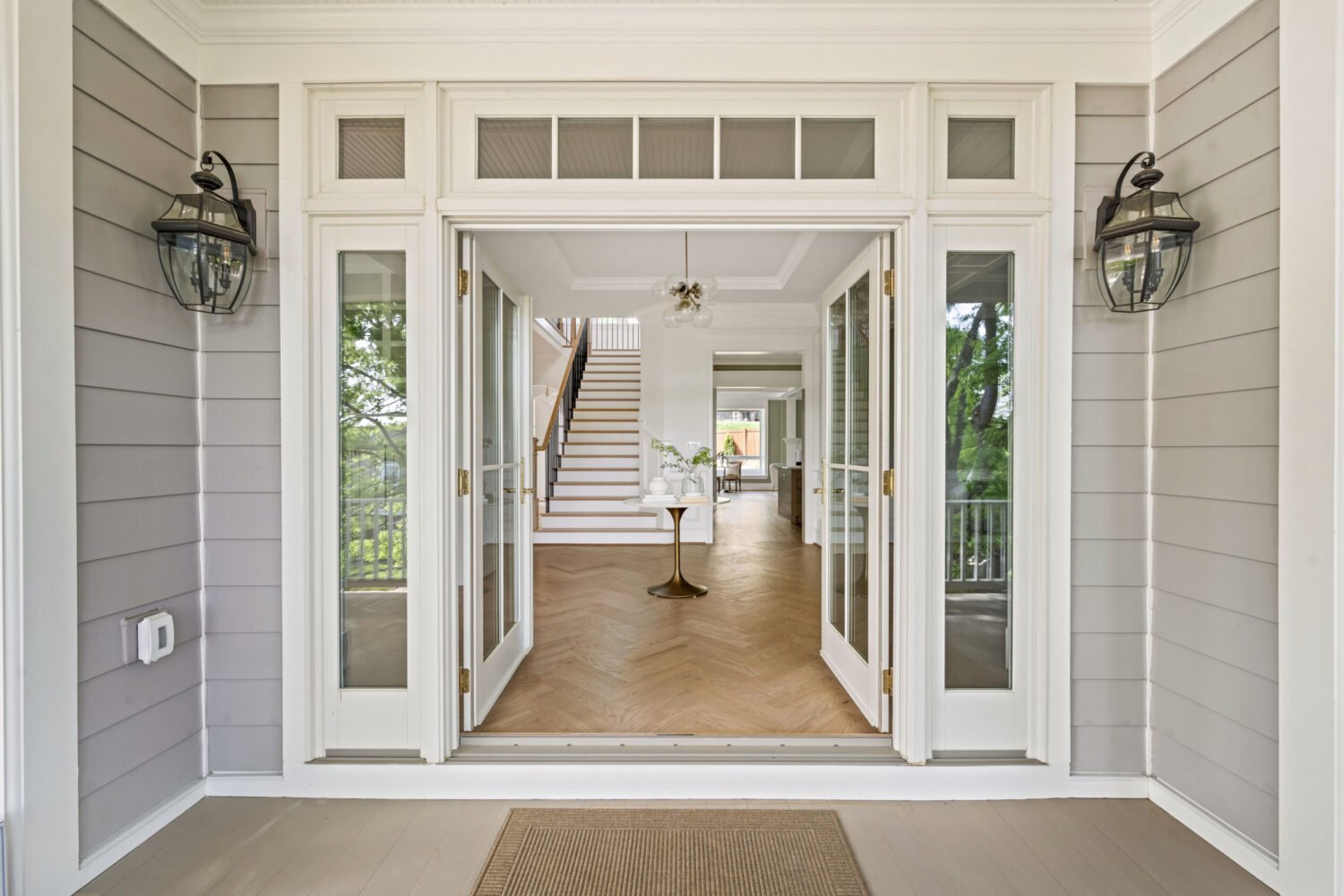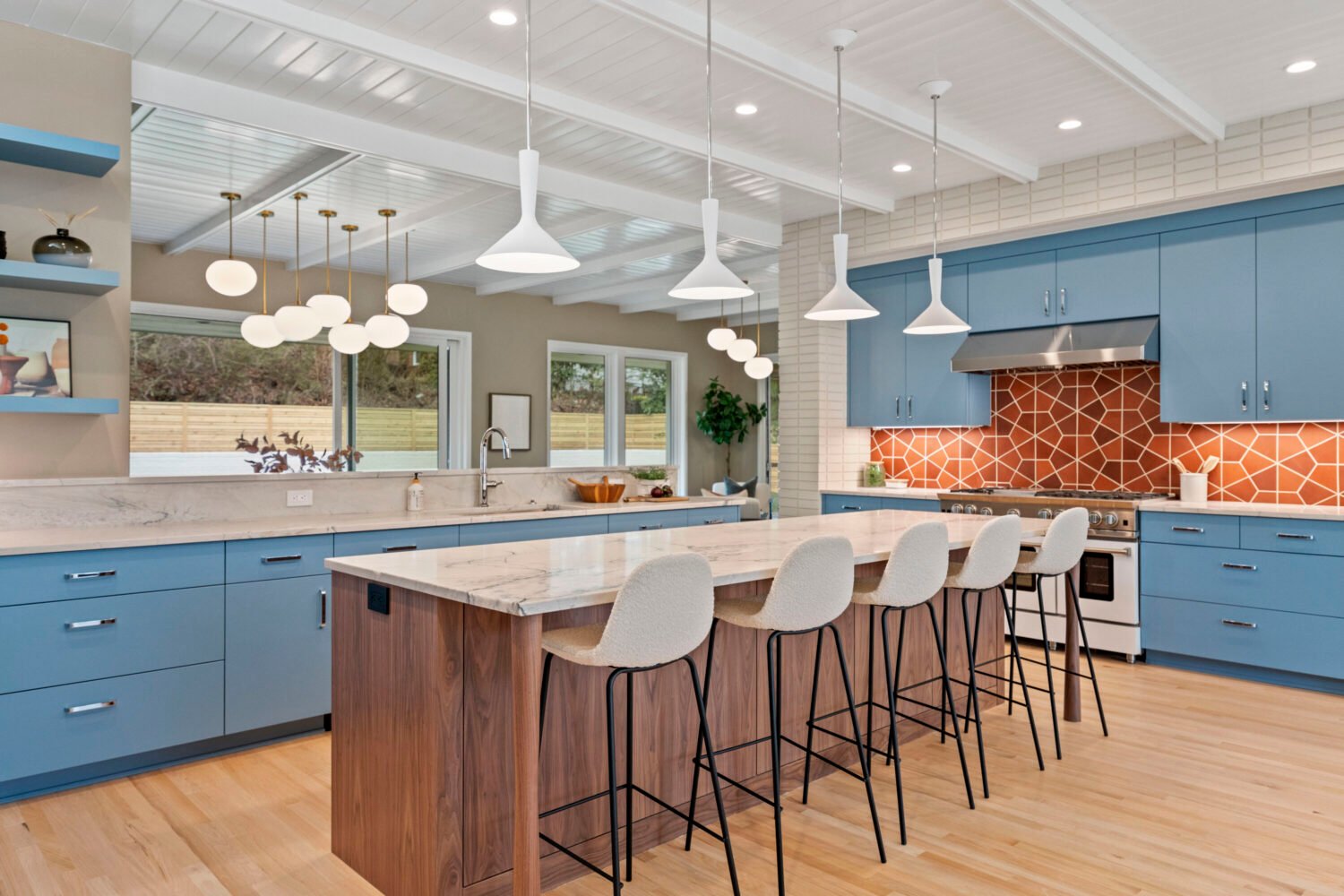
Aside from radiators, there are two major types of heating systems: forced air and heat pumps. Forced-air systems are standard in most new construction. They use a gas-powered furnace that heats air directly (rather than through steam, like a radiator) and forces it through ducts that run through the house.
Heat pumps run with electricity, and move hot and cool air to make warm areas warmer and vice versa. They work best in parts of the country with moderate winters, as they siphon warm air from the outside. This kind of system usually runs through baseboard units and is cheaper to install and operate, mostly because electricity is cheaper than gas.
It never seemed logical to install anything but a forced-air system—heat pumps may technically be more energy-efficient, but forced-air systems actually heat the area better and more quickly. And maybe more important, the more sophisticated forced-air system seemed a better investment for a house I will probably sell in a few years.
The first contractor I met sent me into a panic with a wildly ridiculous estimate of $23,000. The second was on the list of recommended contractors from my real-estate agent, and I’d come across glowing recommendations in online forums. When I met with them, I instantly got the impression that they were trustworthy and experienced.
I told them that I was considering installing a gas fireplace (the house’s fireplace was built for coal, not wood, so it was otherwise unusable). Although far from a necessity and not really in my budget, I had one in my apartment and used it religiously. Plus I knew it would be a great feature for resale and that it made sense to install now, before the floors were put down. Since I was hiring them for such a big job, they offered to install the gas piping for the fireplace free of charge. Adding an air-conditioning unit was an extra $1,000. Hired.
The installation took five days. We put the units on the roof—putting them in the backyard would take up valuable space and leave them open to vandalism. I regret not taking the day off work to see day one, when they parked a giant crane on my street to lift the furnace and air conditioning unit into place.
Everything went like clockwork until we dealt with the gas company. In fact, over the months of the renovation, I’ve only encountered problems when trying to get the utilities running. (Many more stories on that later.) We started the process with a surly serviceman, who refused to turn on my gas until an appliance was installed that he could test; the furnace wouldn’t do because he didn’t have a ladder to get on the roof to inspect it—and said it wasn’t his “job” to get one. If only someone had told me that when I called the gas company to make an appointment . . .
It was time to make an emergency-stove purchase. No shopping, no looking for THE stove I’d live with for the next few years. But Lowes has an excellent Web site and phenomenal customer-service reps—I purchased a new stove during my lunch hour.
My contractors waited at my house to sign for delivery, then install it. I had already taken off a significant amount of time from work for this project, but the gas company required that a resident be there to turn it on, so my project manager called and asked, “Um, would it be all right with you if I pretended to be your boyfriend? We can get this gas turned on and your system running by the time you get home tonight.” Ah, deception!
And lo’, just like that, I had heat. My programmable thermostat was powering up the furnace, which is thankfully silent, stuffed away on the roof, and the fireplace was fired up and toasty.
Brand new heating systems are really great…unless you live in a hundred-year-old rowhouse riddled with drafts. Ten dollars in caulk and window sheeting turned out to be an essential component of the $14,000 heating system.
To read Heather's home adventures from the beginning, click here.















